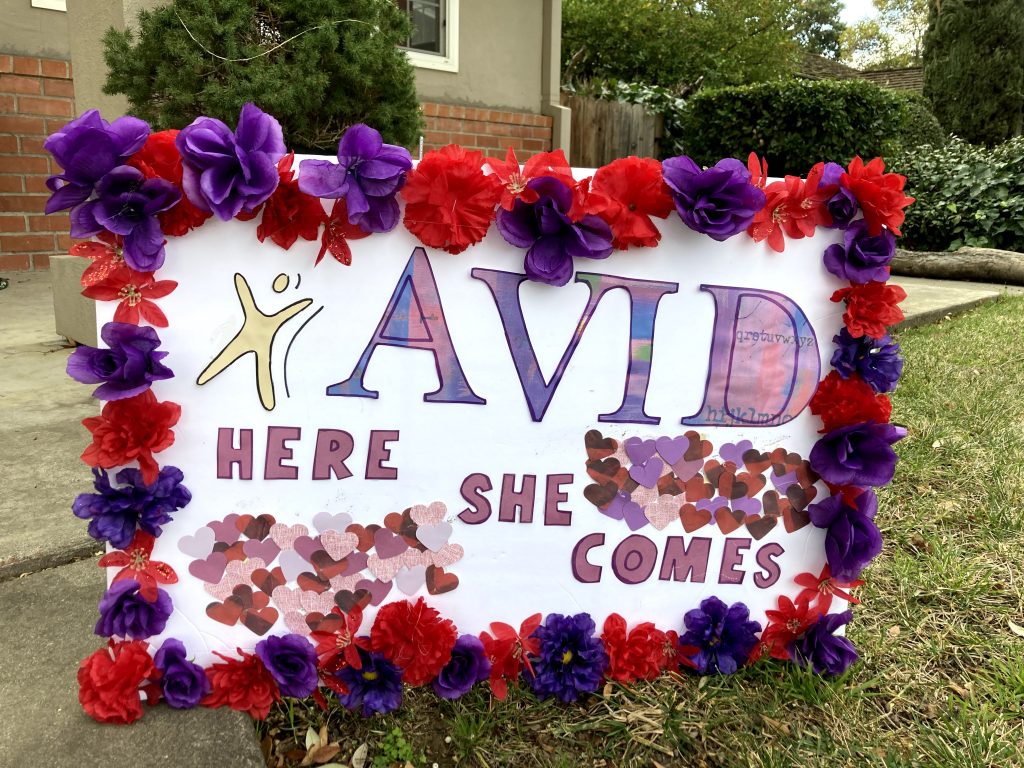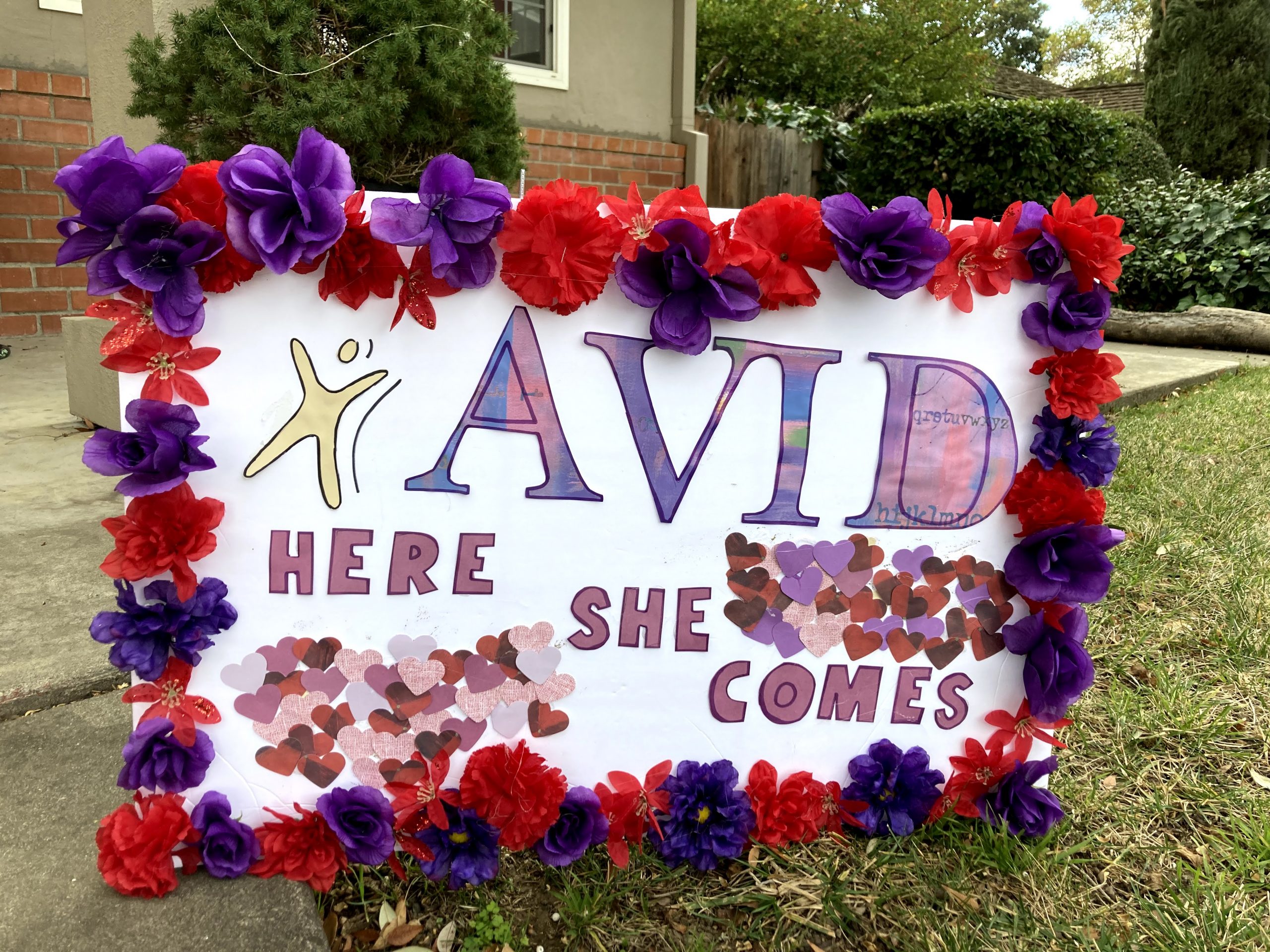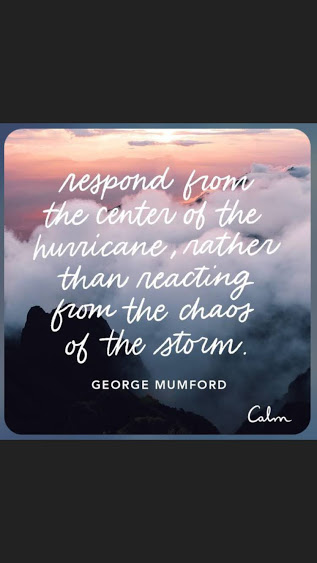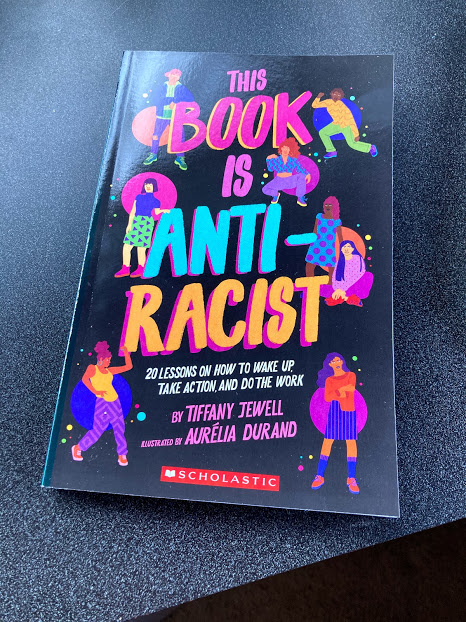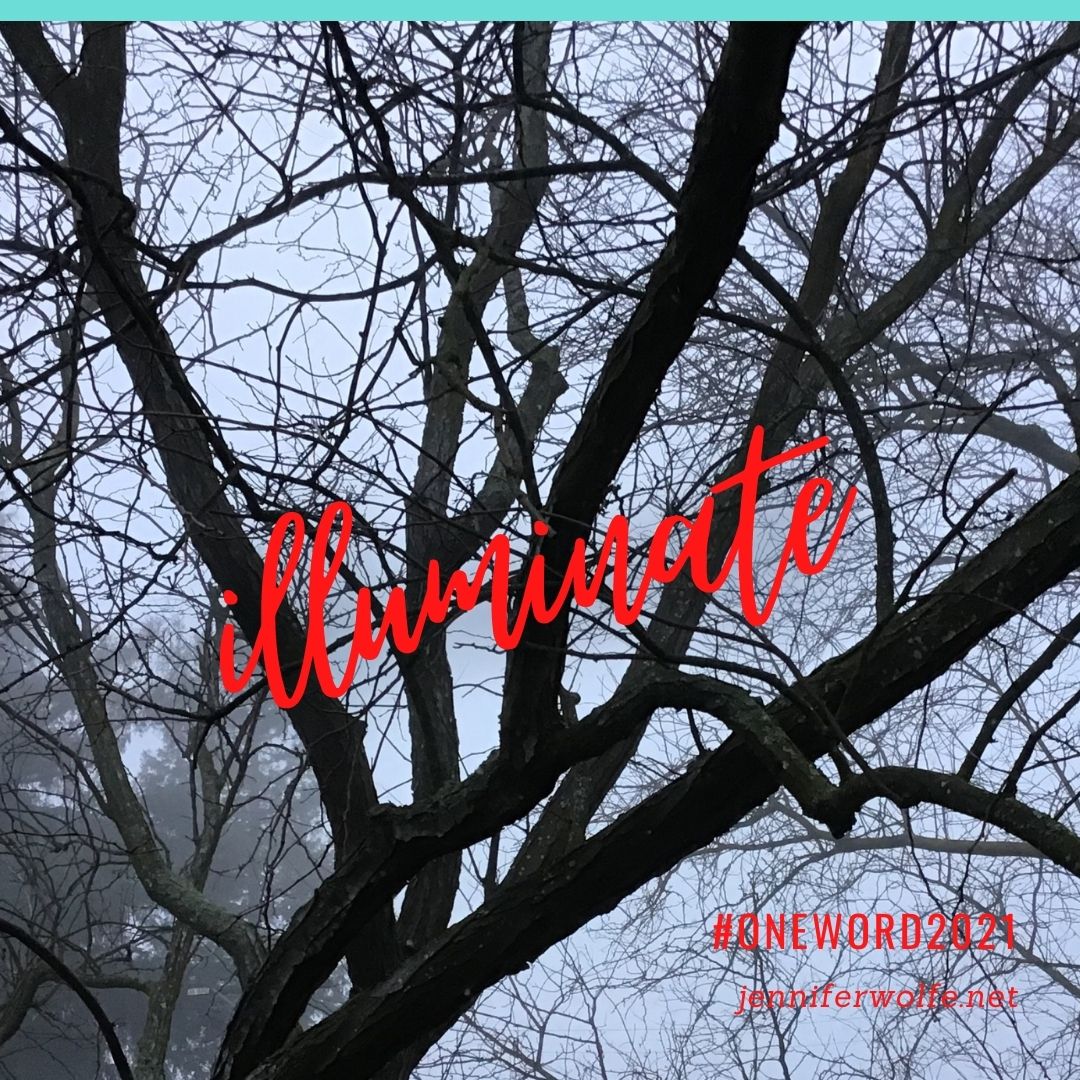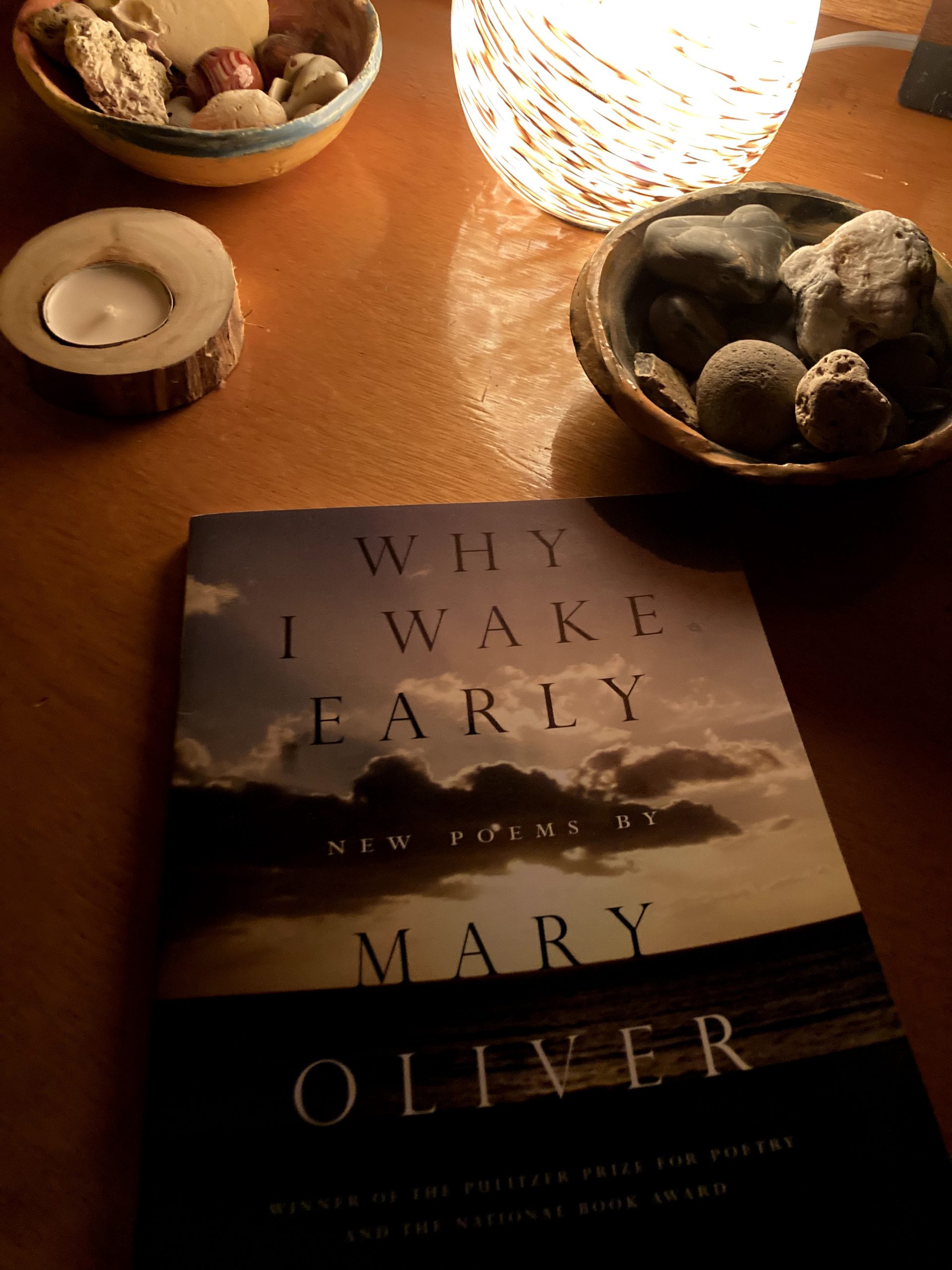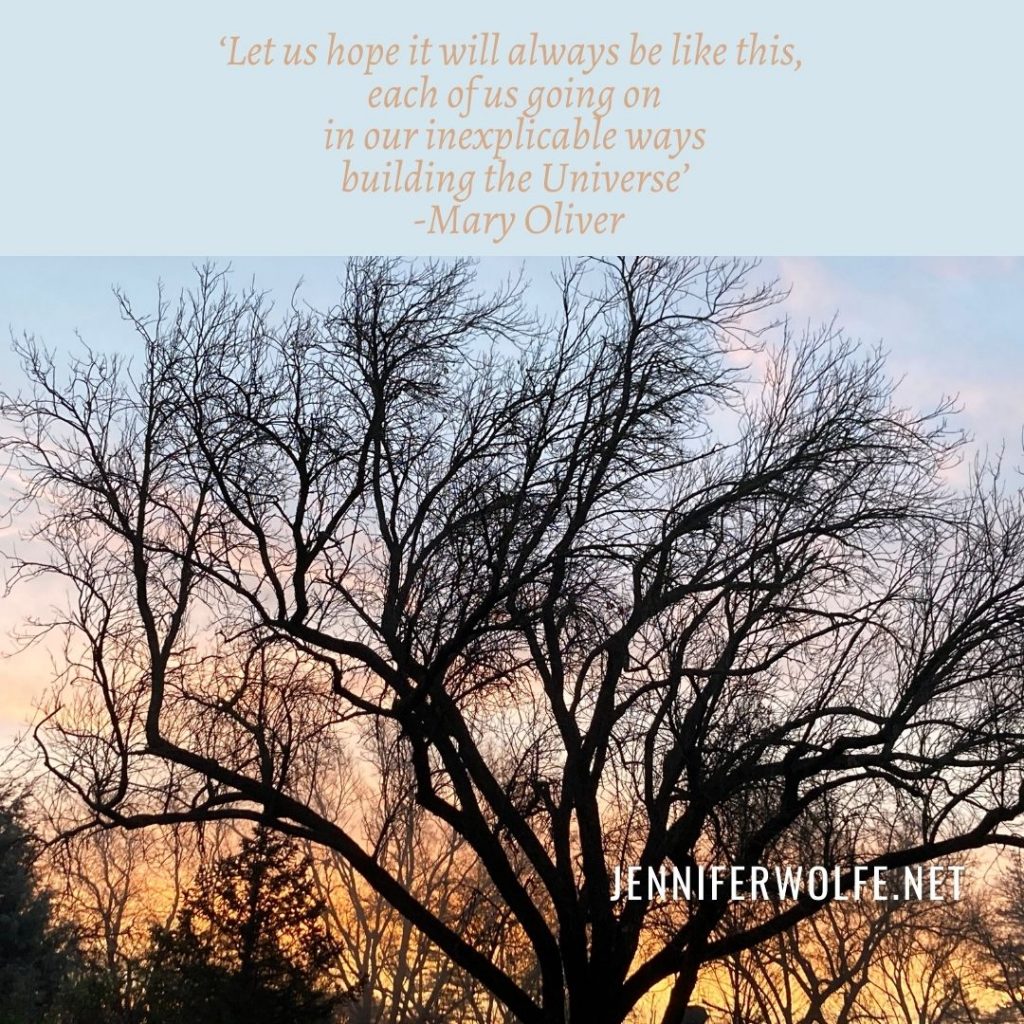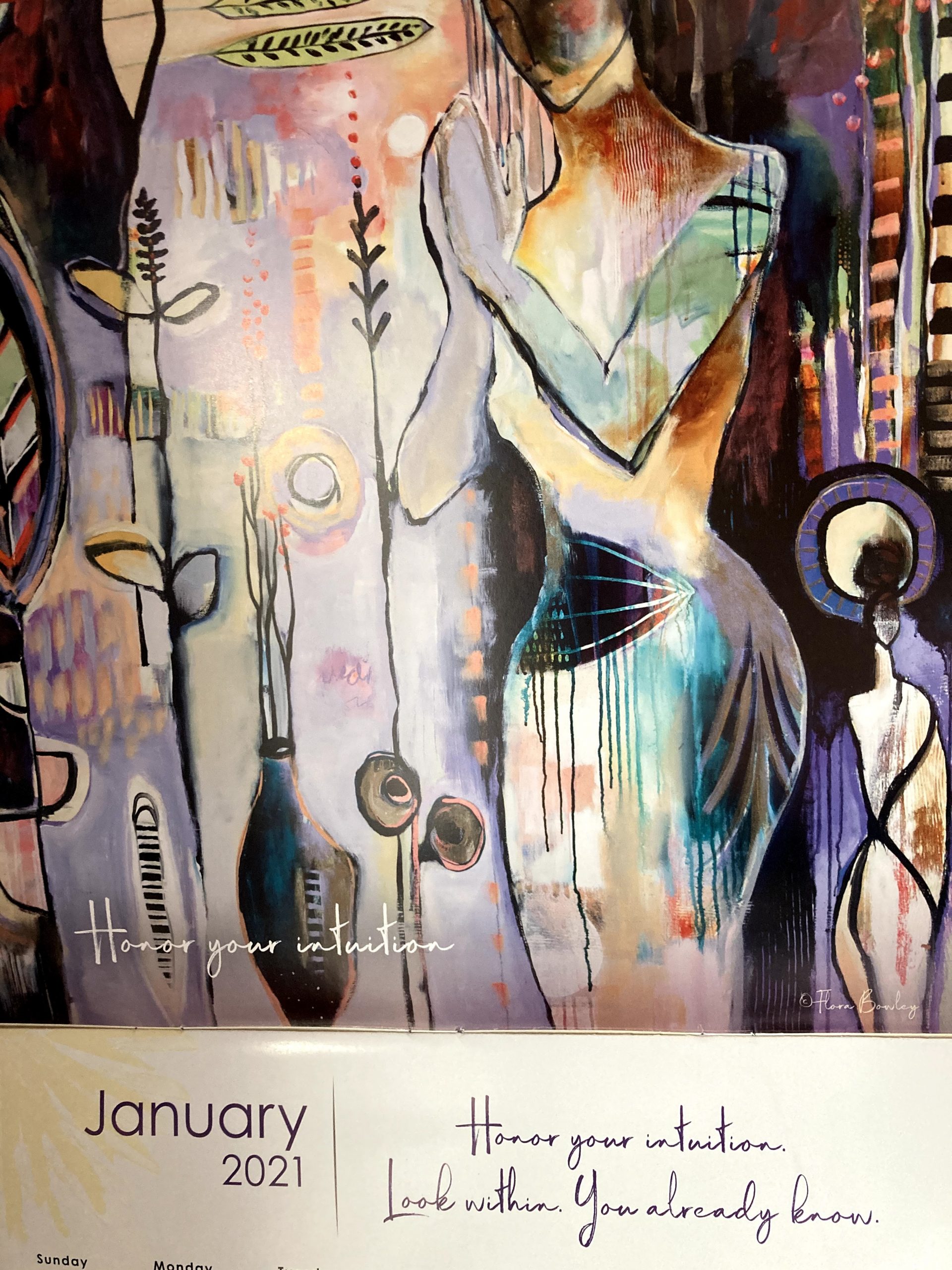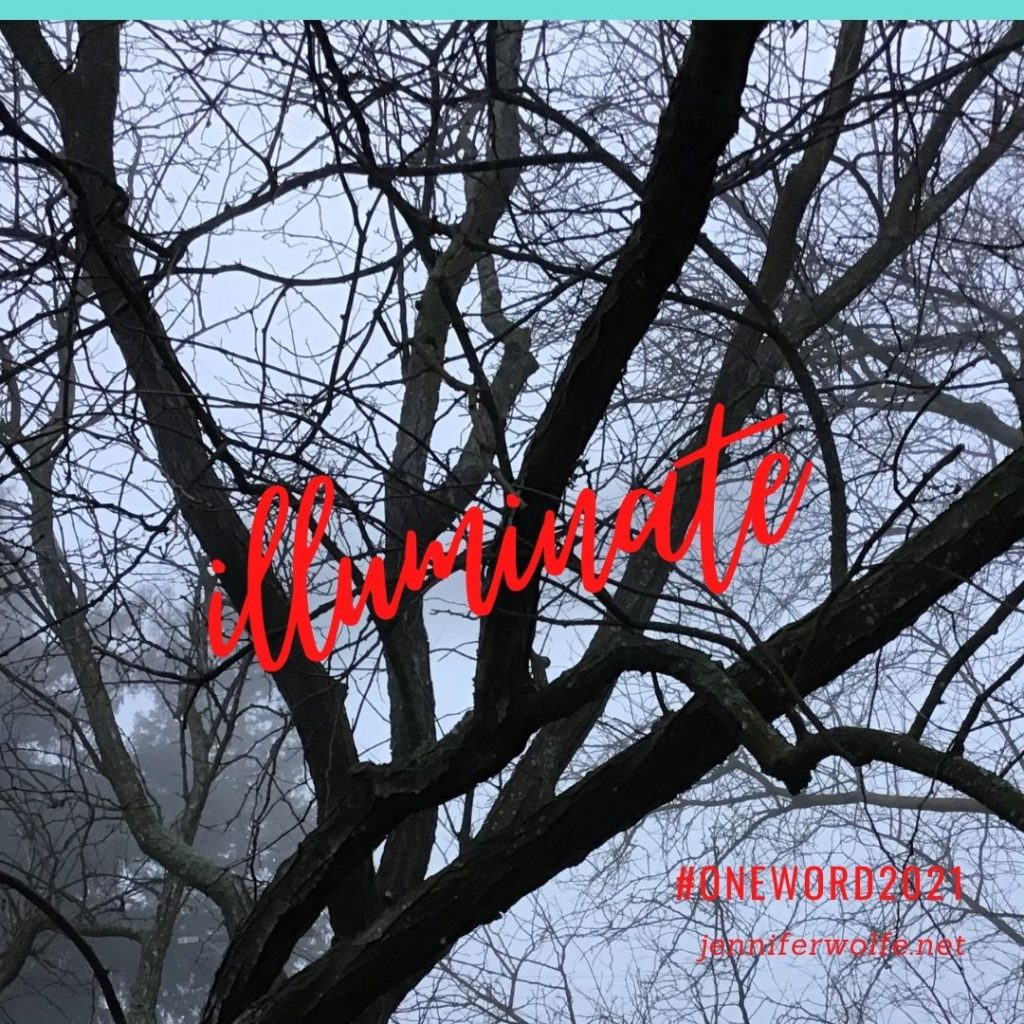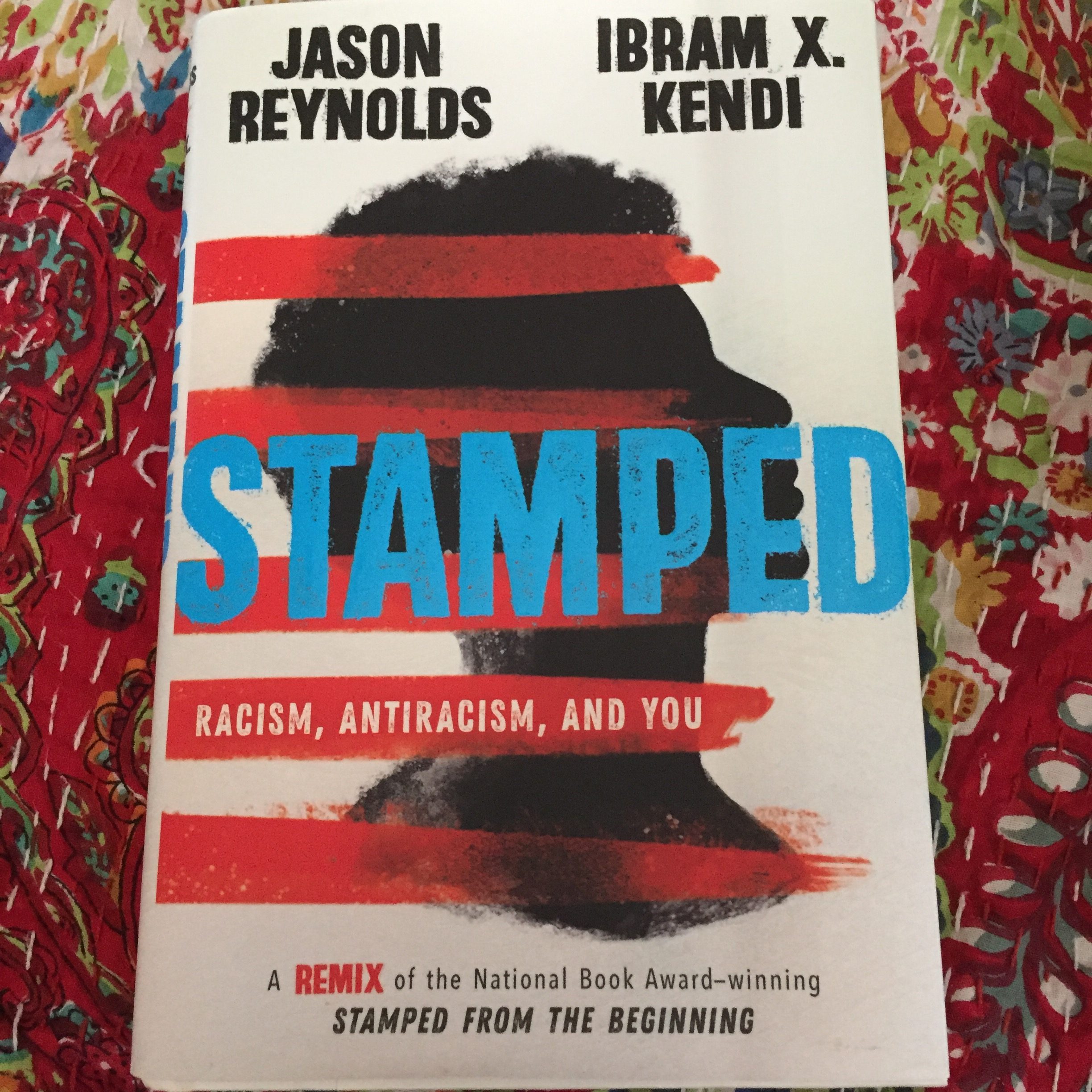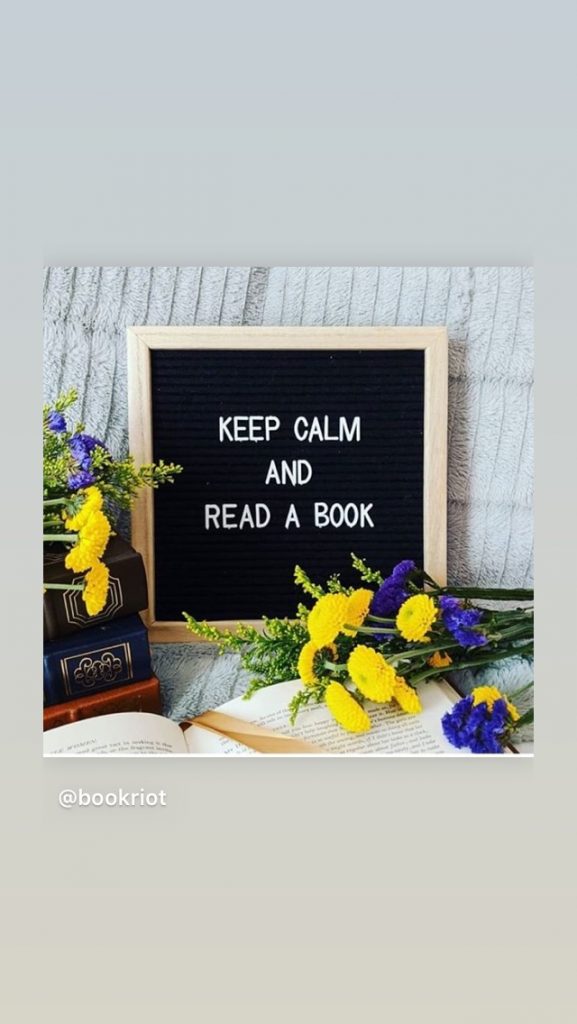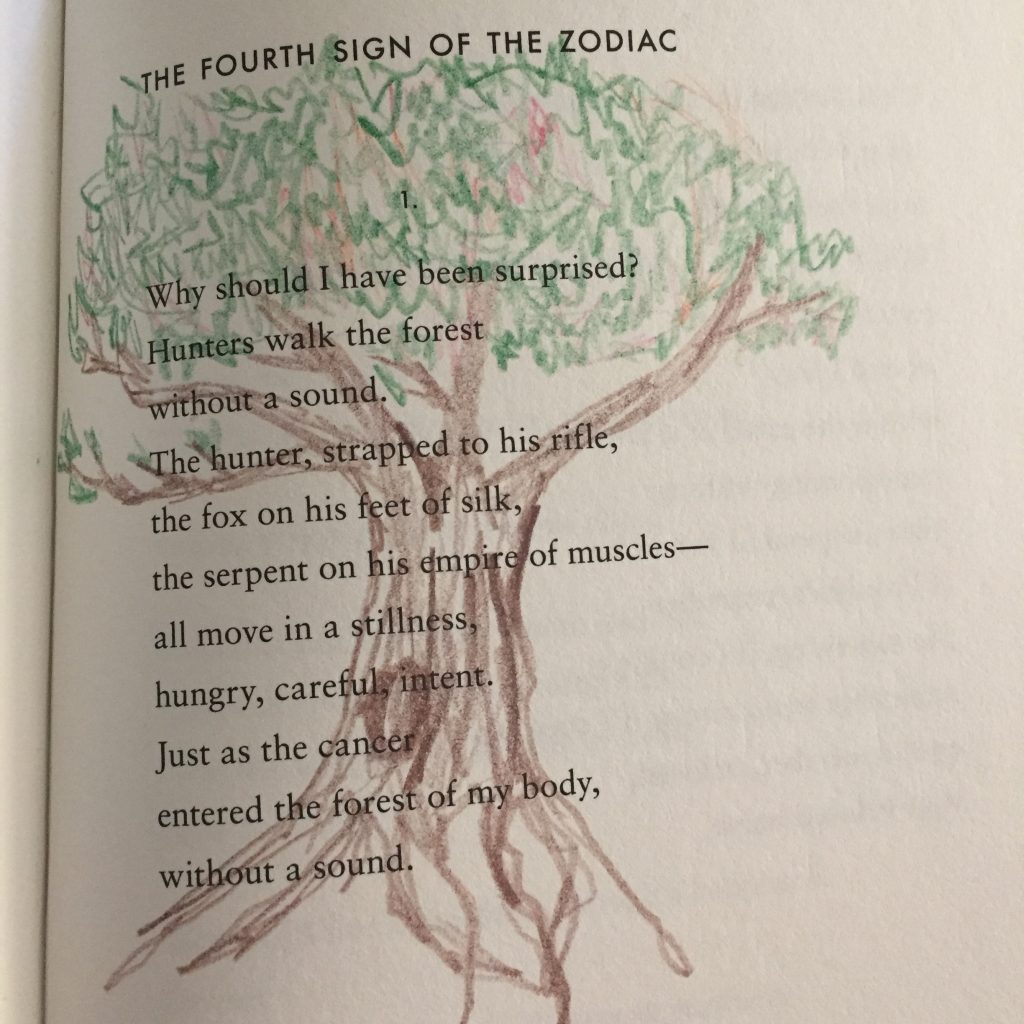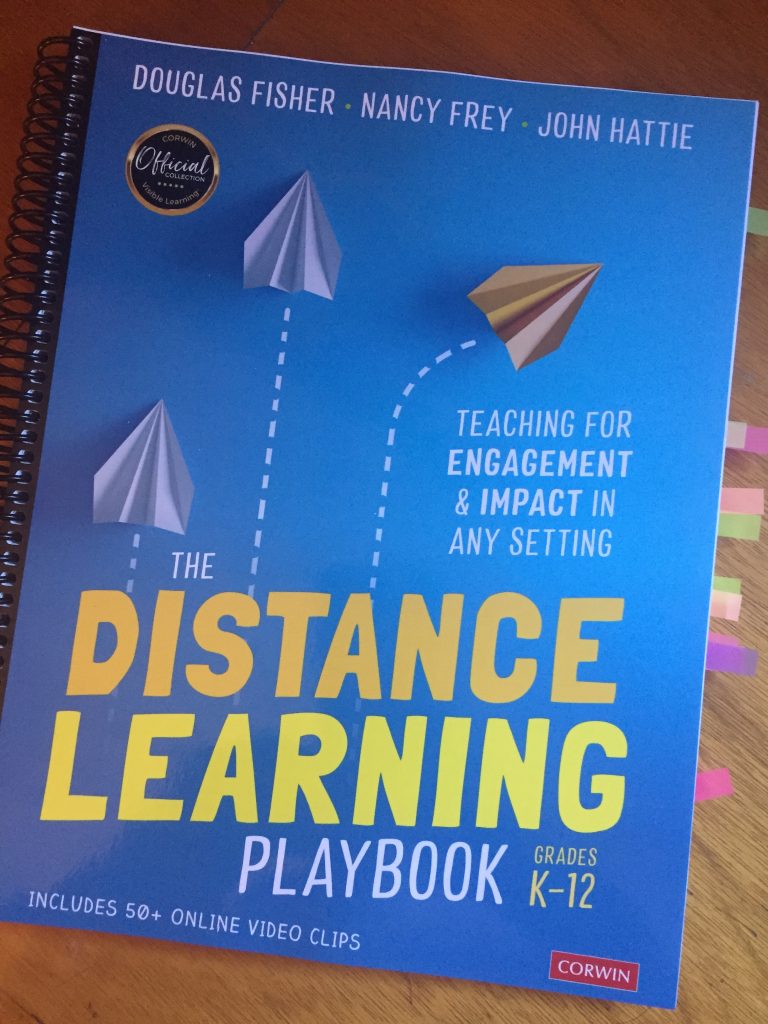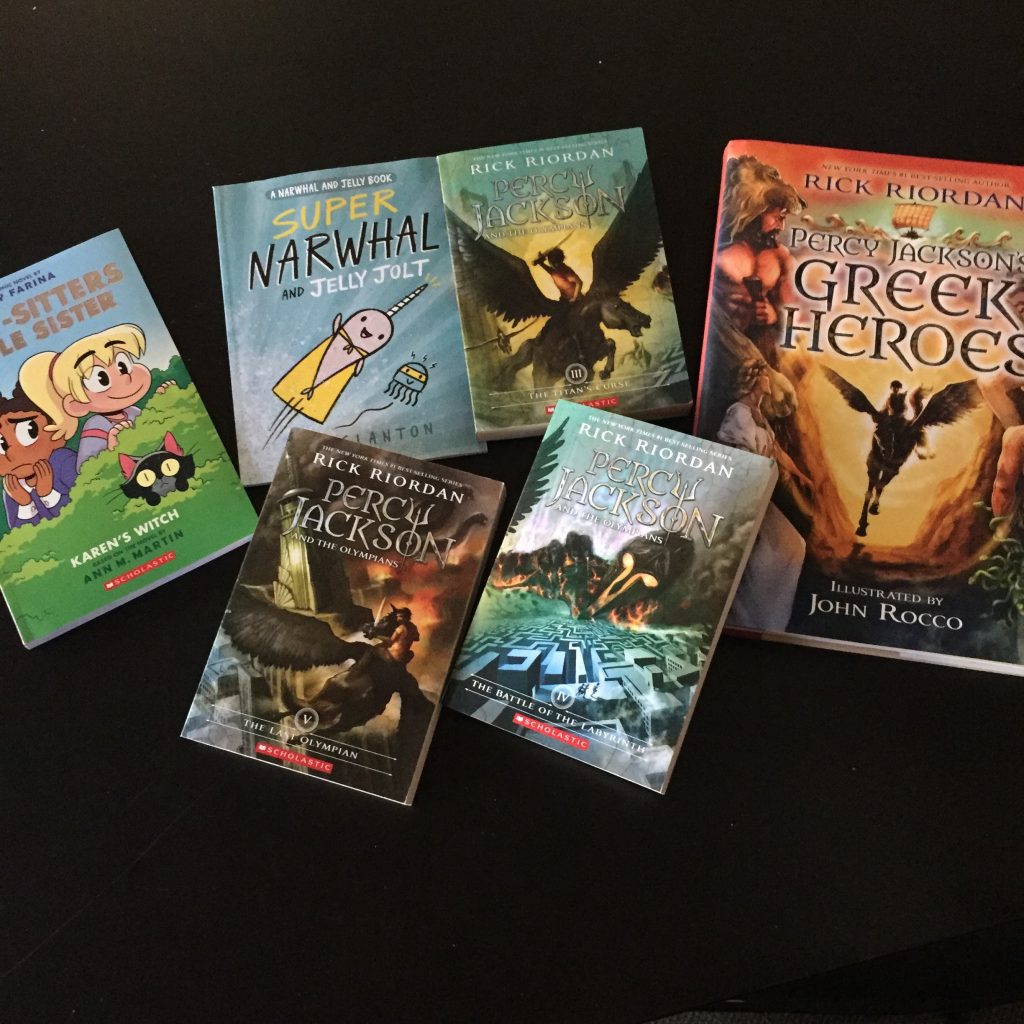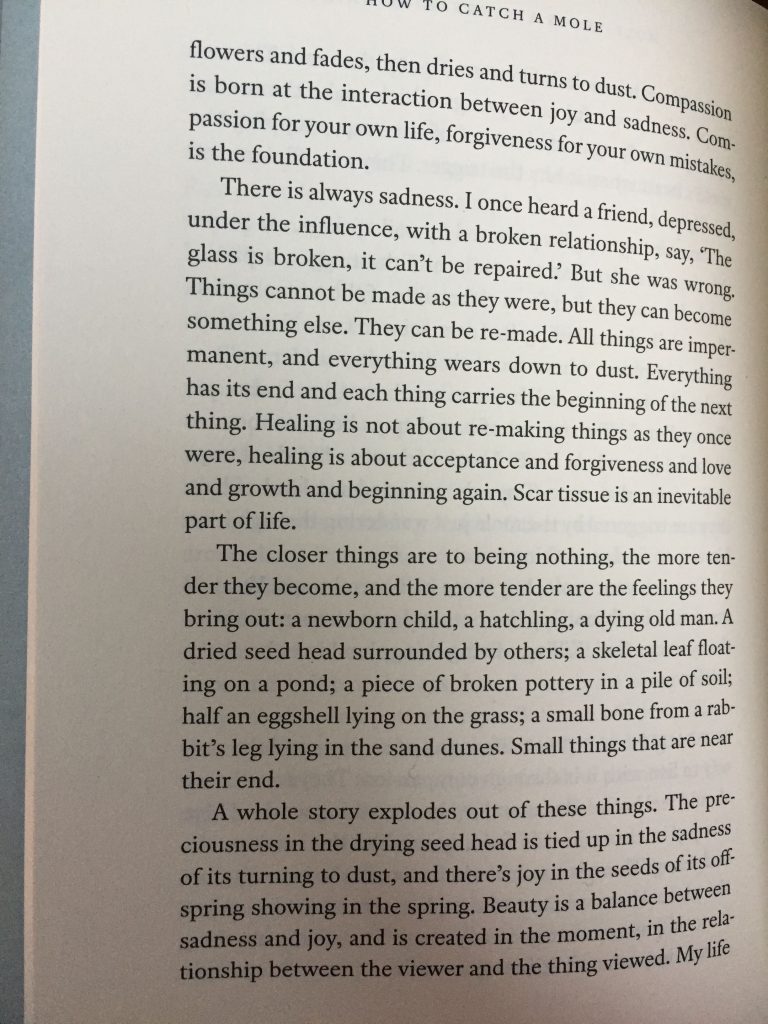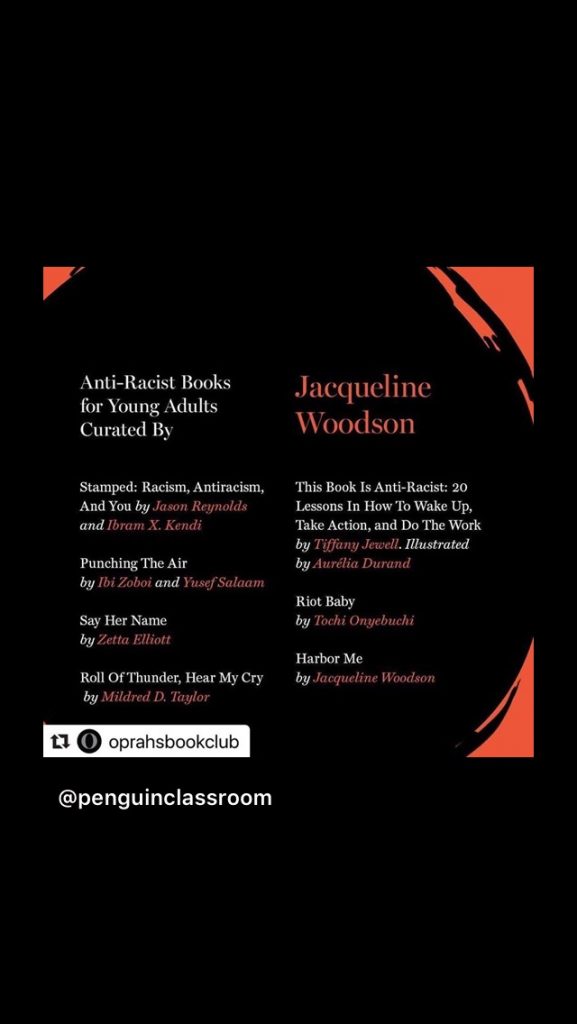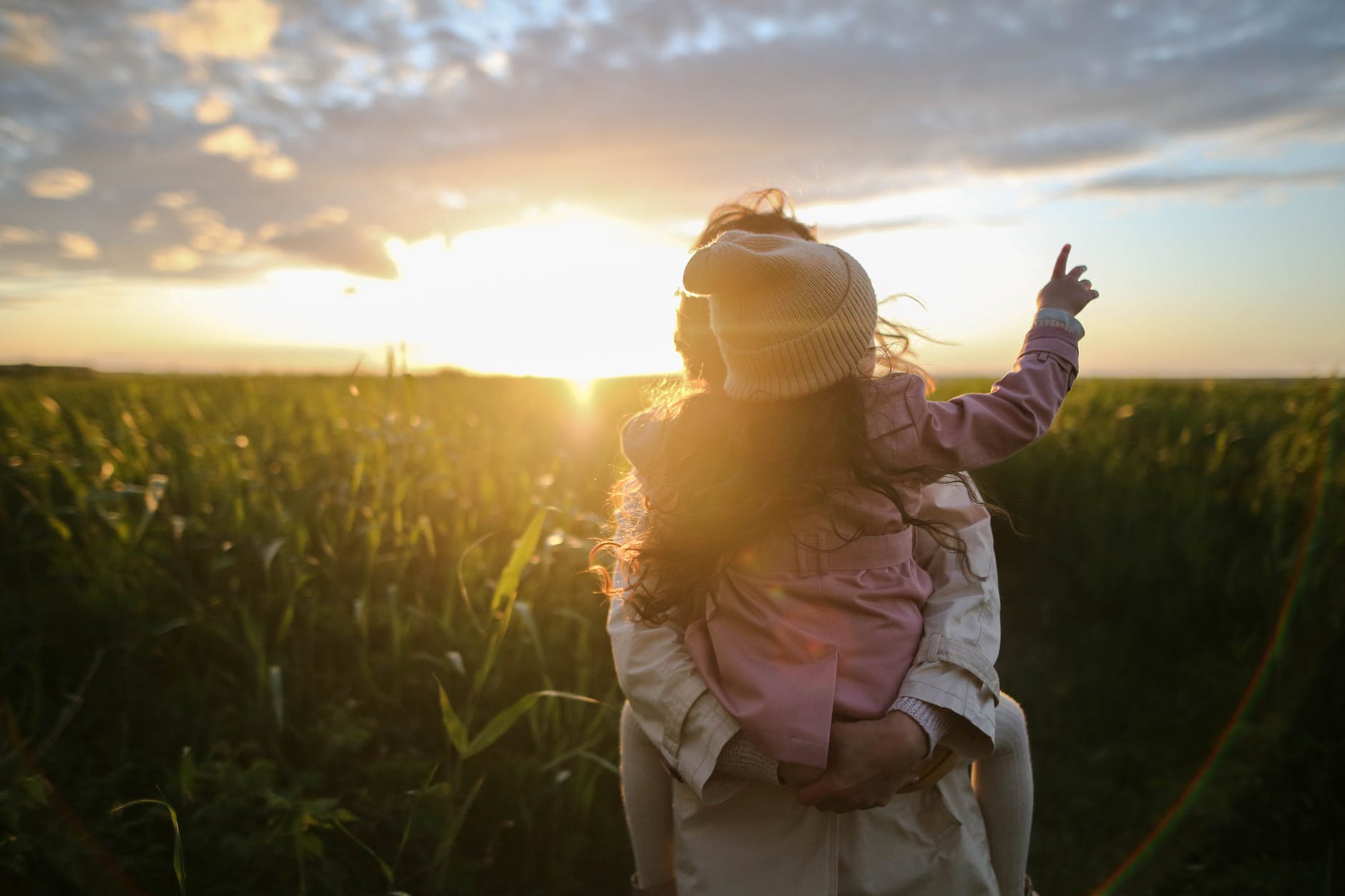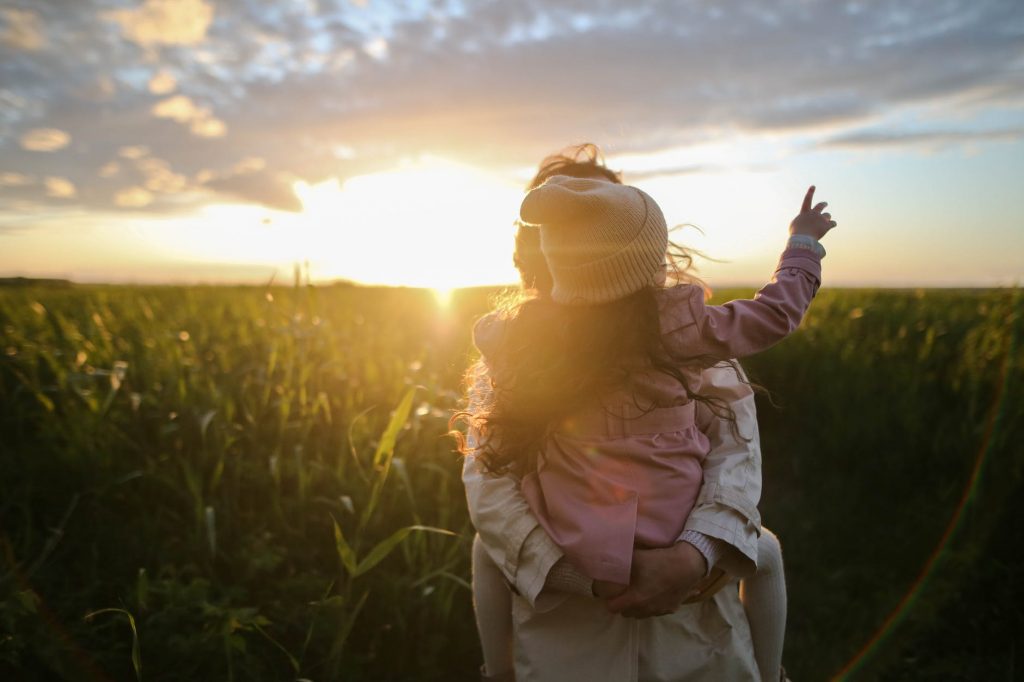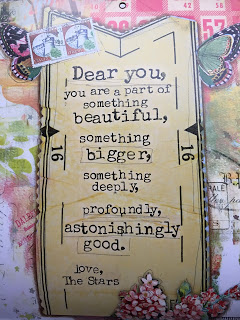On January 25, 2021, I closed my classroom door for the last time. After 30 years, during a pandemic, I decided to stop teaching junior high.
It wasn’t because I’m retiring, and it wasn’t because I had to. The pandemic itself wasn’t why I left the classroom either. I’m not moving, there’s not been a major crisis in my life or family; nor has there been a major event that would require me to leave a job – a calling – that I’ve dedicated the majority of my life to.
During the Pandemic

March 13, 2020, was the last day students walked into room A-1. They had a substitute that day – I called in sick, challenged to handle the anxiety the as-yet-to-be-named pandemic was causing. I felt vulnerable, unable to protect myself from what I sensed was a bigger issue than my district was acknowledging. They said they were ‘cleaning’, but I was skeptical of the degree that was really happening. I couldn’t risk bringing home any virus. I felt unseen. Unheard. Expendable.

The sad part of that day, for me, was not knowing that it would be the last one I spent face-to-face with my students. We were finally in our rhythm; teachers savor the last third of the school year when we see all our efforts at establishing systems, trust, and building relationships really bloom. It’s the time of year when I feel change is really happening, in a good way.
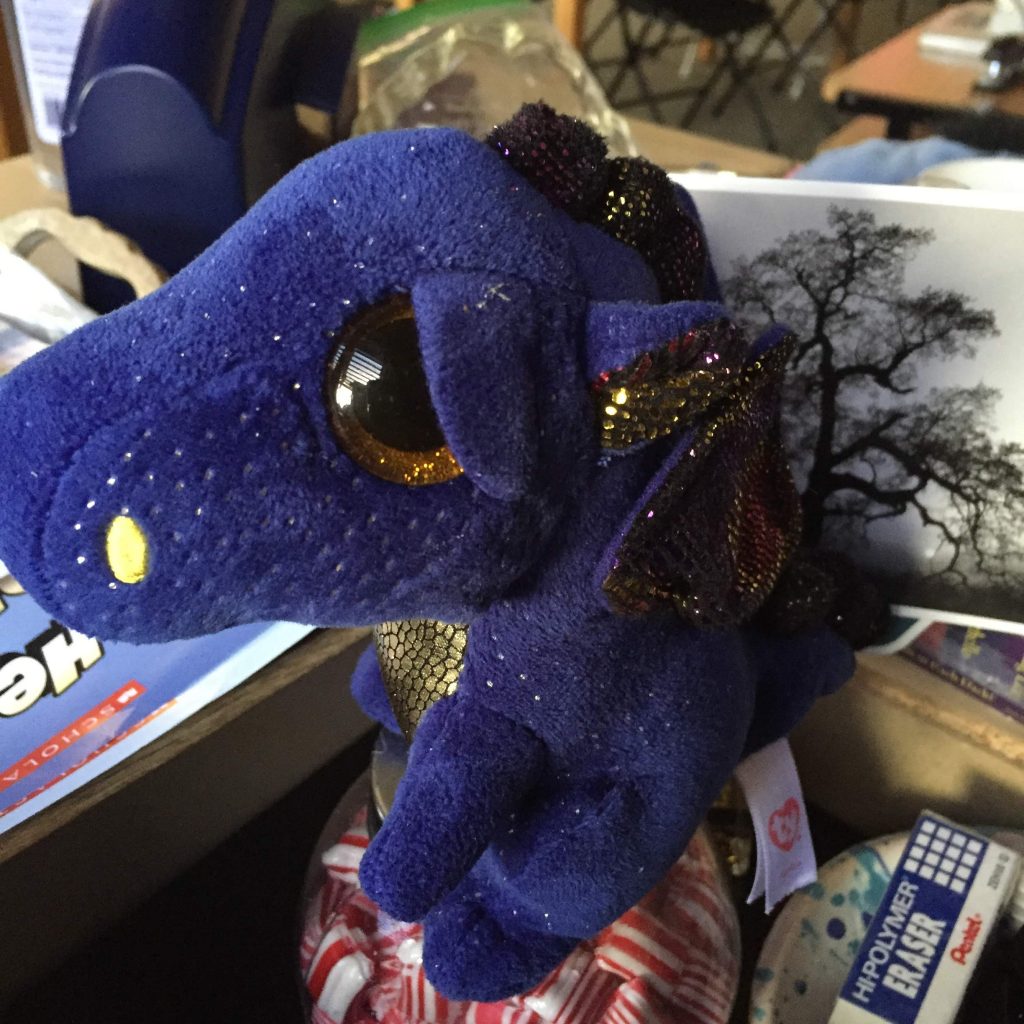
It was a time when 2020 still felt hopeful.
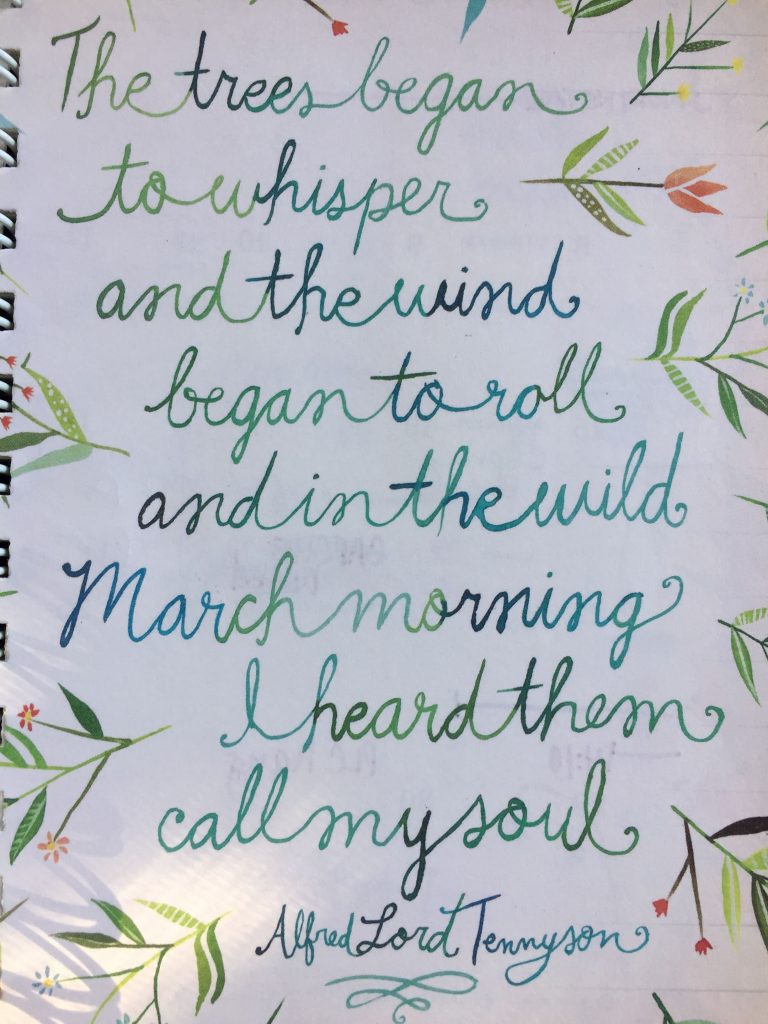
Life interruptions happen. We might think we are going with the flow of life, moving in and out of the weather patterns that some days have us throwing our arms wide open to the sun, and others that force us to stay inside, hunkering down, waiting for the sky to clear.
It definitely wasn’t the first time in 30 years that I’d thought about leaving the classroom. When my babies were born, I felt the shift, the push and pull between career and motherhood. I did step away, actually, three different times when L and C were little. But what was different then was that I felt like I’d always come back. The door wasn’t closed on the part of me that was meant to be a teacher.
Pivot?
What made it feel so different this time was not just the pandemic, not just teaching virtually, not being asked to pack it up and turn decades worth of instruction, experiences that relied on the human connection, to magic behind a screen. “Pivot” became an over-used, annoying phrase – how do I ‘pivot’ the eye to eye instincts that develop when I’m greeting kids at the door?
It was all that – yes – and also an affirmation that our country lacks support for teachers. That it’s really a lot of talk, with teachers not in the conversation, and when it comes down to it, many of us are left to improve our craft on our own time. We are forced to just do it, to jump into an educational space without any safety nets. To ‘pivot’ into the unknown. To orchestrate a symphony without ever playing an instrument.
And ultimately, when the notes become off key, and the rhythm breaks, it’s on us.
Pandemic Games
It’s not a team sport, this career of teaching. As we rounded the virtual bases last spring, some of us were greeted with standing ovations, overwhelming thanks and gratitude. It was all over the media, this honoring of teachers. And as the applause faded and pandemic reality set in, grudges replaced gratitude. People wanted somewhere to place their anger, frustration, and yes, grief.
Come September, we were demoted to rookie status again. The star players became the people behind the desks, not the screens – the easy hitters who determined how we would do our work without every picking up a bat. The ones who told us they were doing everything to protect us – everything except coaching us through.
Forget about spring training. Forget about spending the summer cutting our losses and muscling up for the game we knew was coming in the fall – school districts like mine expected that somehow teachers would do it all on their own time. They refused to think outside the box, to support teachers with professional learning and expected that it would simply be ok.
And it wasn’t. Not by a long shot.
I’ve been training myself – and any teacher who would listen – on how to use educational technology in the classroom for nearly a decade. I’ve attended conferences, read, listened, watched, tried, and failed repeatedly. I did it because it was the right thing to do – to continue to develop my craft. My students and I have seen success and challenges with digital integration. And that still didn’t prepare me to accept the heavy workload of teaching virtually.
The Pandemic Teaching Reality
It didn’t prepare me to see the stress, the anxiety, the tears and rage teachers felt.
I saw teachers giving up. Exhausted. Paralyzed with the fear of what they didn’t know.
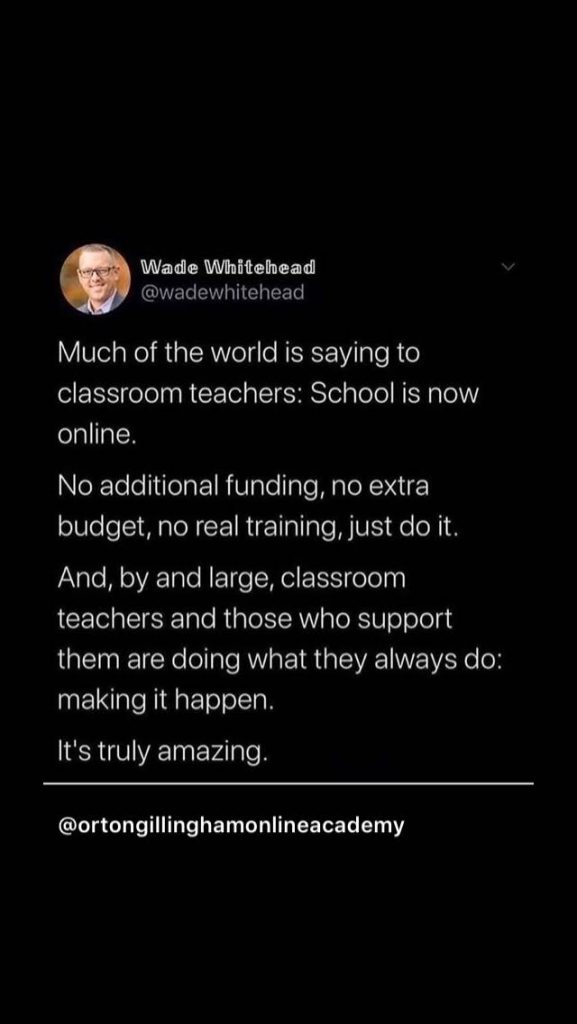
I saw teachers pounding their desks in frustration, sobbing into breakout rooms and coaching sessions.
I felt the joy leak out of teaching. And consequently, the joy seeped out of my life, too. I’m a ‘do-er’. I like to help, to solve problems, to make life a smoother path for those around me.
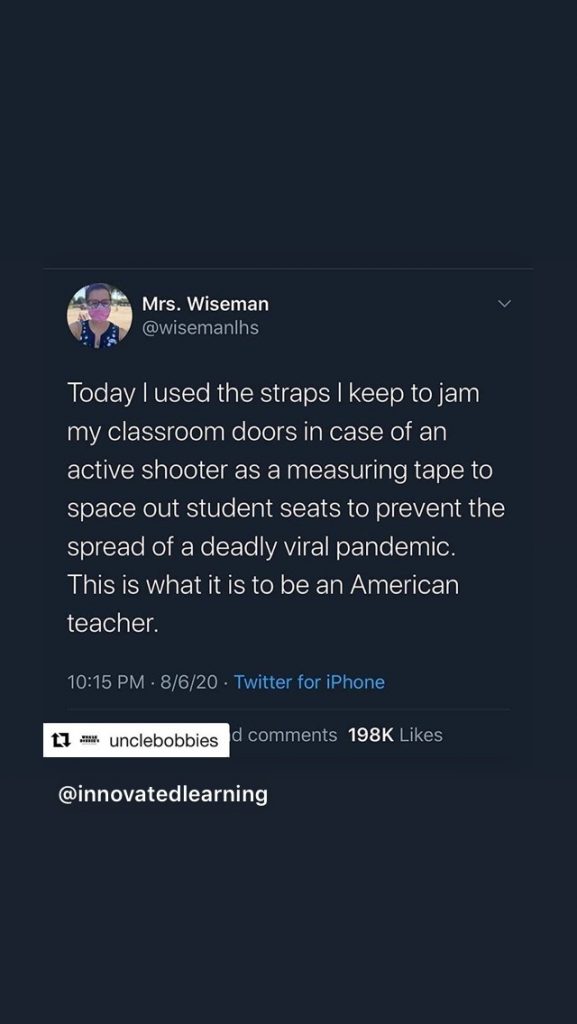
And the Universe opened a new door like it always does. I walked through, and into a place I didn’t expect yet always hoped to be. Not in a classroom.
You know how sometimes when you feel everything fall into place? When the big scary things holding you back before somehow melt away, and all you’re left with is what’s right here, right now, and you know exactly what you need to do, and you feel the ease and flow of the world gently moving you along and it is just. So. Right?
And Then, I Was Out
I took a month to close up my classroom – to sort through the memories, to pack the parts of teaching that I wasn’t quite ready to recycle. I smiled a lot. Alone in my room, I walked through thirty years of voices, of words, of emotions and energy and let it ride in and out and through me until I knew I was done.
It was surprisingly easy to let ‘it’ all go. I think when we get still and silent with ourselves, we find our direction. Even when we’re sheltered in place.
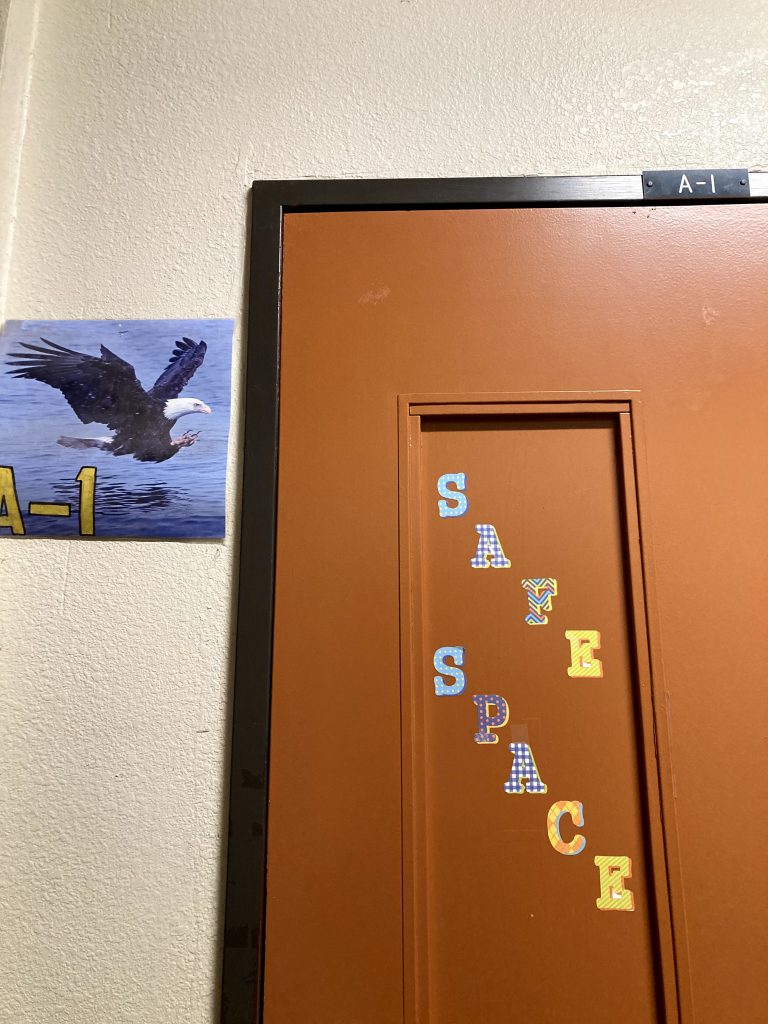
On the way out for the last time, I paused and snapped one last photo. I didn’t want a selfie – I wanted to remember the door, the space that opened to me and so many others that joined me in love and learning.
Walking down the hallway, I didn’t look back. Not once. I didn’t cry, or laugh, or shout.
Taking a deep breath, I closed the door and walked outside. The sun was starting to set. There was a young man, practicing his skateboard ollies in the parking lot. He looked over at me, and I smiled.
Teaching isn’t about what’s left in there, I thought. It’s about what’s left in me.
And I’m not quite done.
I have a feeling I’ll be writing more about this – leaving a job you loved doesn’t come without it’s own internal power struggle. It doesn’t come without questions. What I’ve done in the last year, like so many, feels still out of focus and unfinished. Dreamlike.
Like being in the same chair, the same space, the same me – with a different Zoom.
